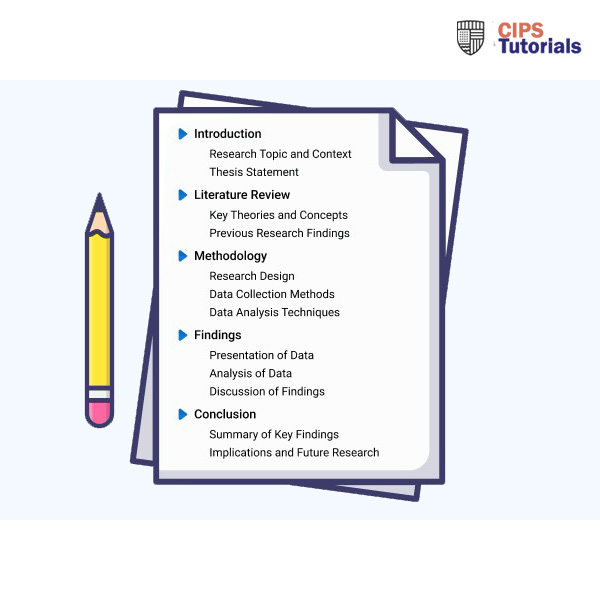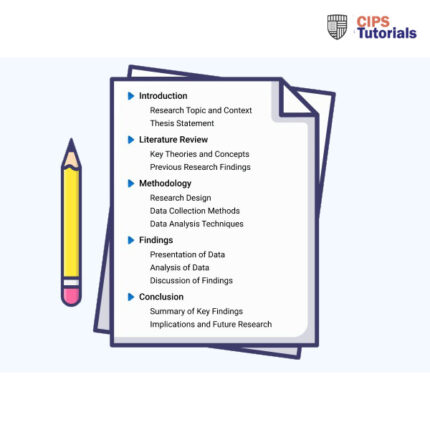-75%
Solution
Question 5- 1,013 Words
Effects of Technological Developments on Recruitment and Selection in Organisations
Technological developments have fundamentally transformed recruitment and selection into more efficient, data-driven and scalable processes (Ore & Sposato, 2021). Artificial intelligence (AI) and machine learning algorithms are used to screen resumes, match candidates with job descriptions, and predict job performance from historical hiring data. According to Hamza et al. (2021), these tools allow recruiters to quickly handle huge volumes of applications, shortening time-to-hire and improving the accuracy of decisions taken. Additionally, applicant tracking systems (ATS) handle interview scheduling, candidate communications as well as pre-employment assessments to streamline workflows and optimise overall efficiency. Also, digital recruitment platforms, like LinkedIn, Indeed and Glassdoor have expanded recruiters’ exposure to a global talent pool, hence improving the recruiter’s capability to proactively source for talent and engage with passive job seekers (Gilch & Sieweke, 2020).
However, although these benefits exist, technological developments also come with challenges. Woods et al. (2019) argue that if algorithms are trained on unrepresentative datasets, AI-driven hiring systems could perpetuate bias and lead to discriminatory hiring outcomes. Moreover, as more automated means are being used, recruitment tends to become dehumanised, which can lead to disengagement. Furthermore, some of the applicants from non-technical backgrounds or with disabilities may find it difficult to cope with AI-driven assessments or video interview platforms (Hmoud & Várallyai, 2022). Another significant issue is cybersecurity, because recruitment platforms operating in the digital sphere can store huge volumes of sensitive applicant data which is susceptible to breaches. These risks need to be addressed by organisations through implementation of ethical AI, improved cybersecurity, and strategies for maintaining human involvement in the hiring process (Hamza et al., 2021).
Overall, while technology increases efficiency, recruitment and selection effectiveness depends on how technology is integrated into the organisation’s strategic objectives. To provide seamless candidate experience while maximising the hiring outcomes, employers must find the perfect balance between automation and personalisation. According to Hamza et al. (2021), automation is most appropriate to reach out to a broad talent pool in a quick and efficient manner. This is with the building of meaningful connections and understanding of candidates potential achieved best through an effective personalisation strategy.
Reasons for Technological Developments in Recruitment and Selection
Evolving workforce expectations, global competition for talent and efficiency needs of the firm are factors that increase the direct adoption of technology in recruitment. Due to the substantial skill shortages, many organisations opt to leverage AI driven sourcing tools to rapidly identify and attract highly skilled professionals (Hunkenschroer & Luetge, 2022). Based on my previous experience in a multinational firm, I have witnessed the immense impact of an applicant tracking system (ATS) to reduce manual screening processes, making the recruiters spend more time on more valuable strategic hiring decisions. The AI powered chatbots were also crucial in engaging the applicants by answering queries instantly and making the overall candidate experience better and also reducing the administrative burdens on the HR professionals. Technological adoption in recruitment has also accelerated due to changing workforce demographics as well as remote work trends (van Esch et al., 2019). Because millennials and Generation Z candidates expect digital-first interactions, companies have created mobile friendly application processes, video interview platforms, and gamified assessments. Research shows that firms that use AI during assessment report better candidate engagement because technology-based hiring is personalised and interactive (Dawson & Agbozo, 2024). With the increasing adoption of hybrid and remote work models, the need for virtual recruitment tools has grown further, allowing businesses to reach out to global talent without the constraints of physical boundaries.
The growing emphasis on diversity and inclusion in hiring is another key driver of technological advancements in recruitment and selection processes. Many organisations are leveraging the use of AI powered recruitment platform to eliminate unconscious bias in recruitment and to standardise recruitment selection criteria (Kess Momoh et al., 2024). In an effort to make hiring fairer, AI solutions of hiring evaluate candidates not on subjective factors but based on skills and competency. Together, these technologies help integrate companies as they have more flexible talent bases that are broadly diverse and hire fairly, creating an inclusive workplace. Despite these developments, organisations need to adopt advanced approaches on developing AI models and ethical frameworks so as to prevent the development of unintended bias and ensure transparency in the decision-making process (Gould et al., 2020).
Benefits of Technological Developments in Recruitment and Selection for Employers
Technology in recruitment……..
Please click the following icon to access this assessment in full

